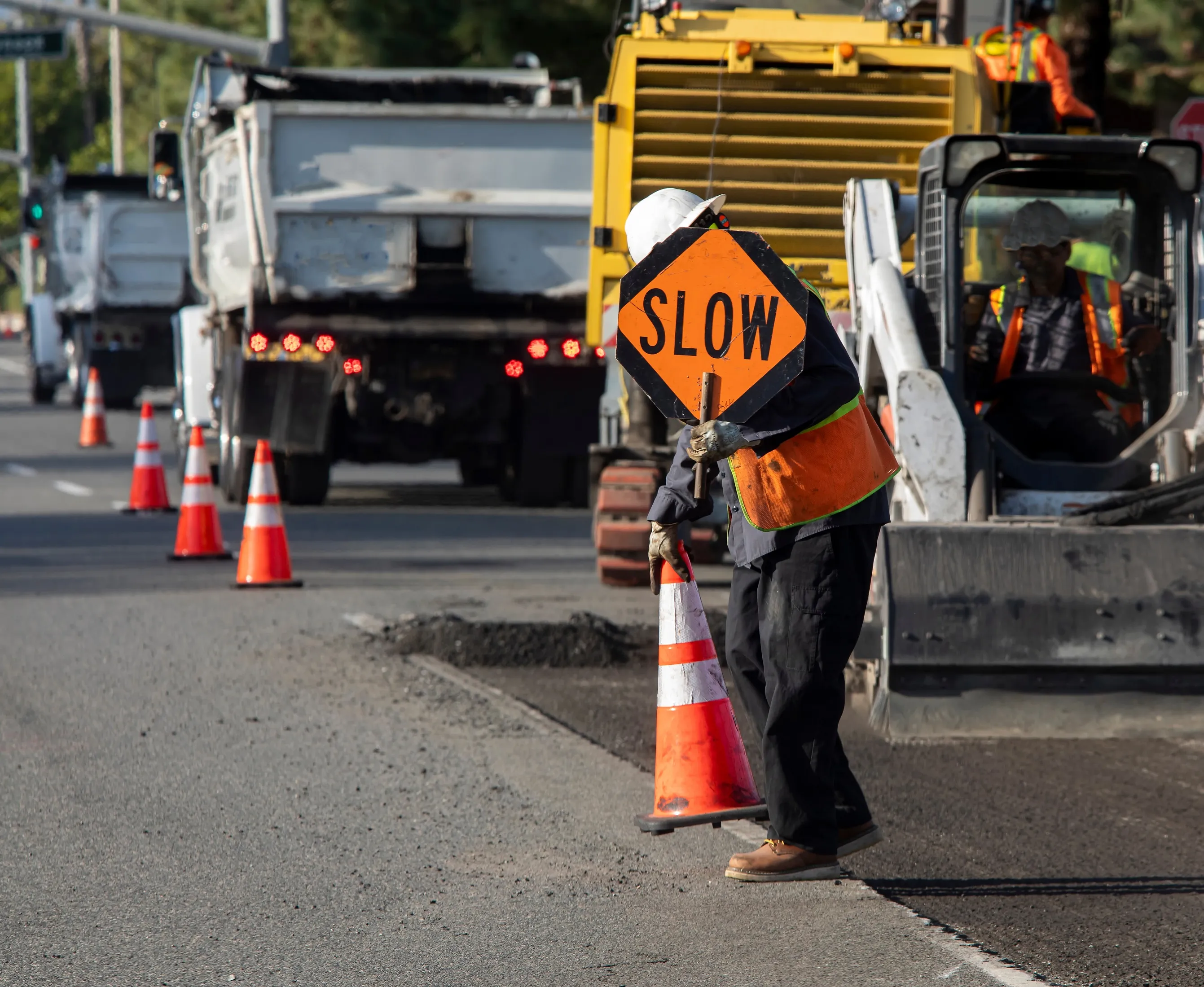Weather Telematics and TrafficLand content is available across the U.S. as well as a growing list of markets internationally. The data is available via several platforms, including API and map-based services.
Bob Moran, Weather Telematics, CEO, said: “Partnering with TrafficLand is a natural fit for Weather Telematics. TrafficLand has the largest network of live roadway traffic cameras by far, and when it comes to safeguarding drivers, delivering weather alerts with real-time video provides a more complete picture about ground level conditions.”
Lawrence Nelson, CEO of TrafficLand, said: “Since its founding in 2001, TrafficLand has been on a mission to help raise awareness about roadway travel conditions. This new content from Weather Telematics is an important addition to the advanced AI and machine learning-based ground level information that is helping to increase travel safety by revolutionizing so many industries and interactions.”
TrafficLand partners with Weather Telematics to expand road weather data offerings
TrafficLand has agreed with Weather Telematics to integrate and resell its proprietary all hazards and predictive weather data designed to improve mobility safety, media reporting and public agency situational awareness. The project aims to provide a complete resource for all hazard weather data affecting driver safety. Weather Telematics and TrafficLand content is available across the U.S. as well as a growing list of markets internationally. The data is available via several platforms, including API and
January 5, 2018
Read time: 2 mins








